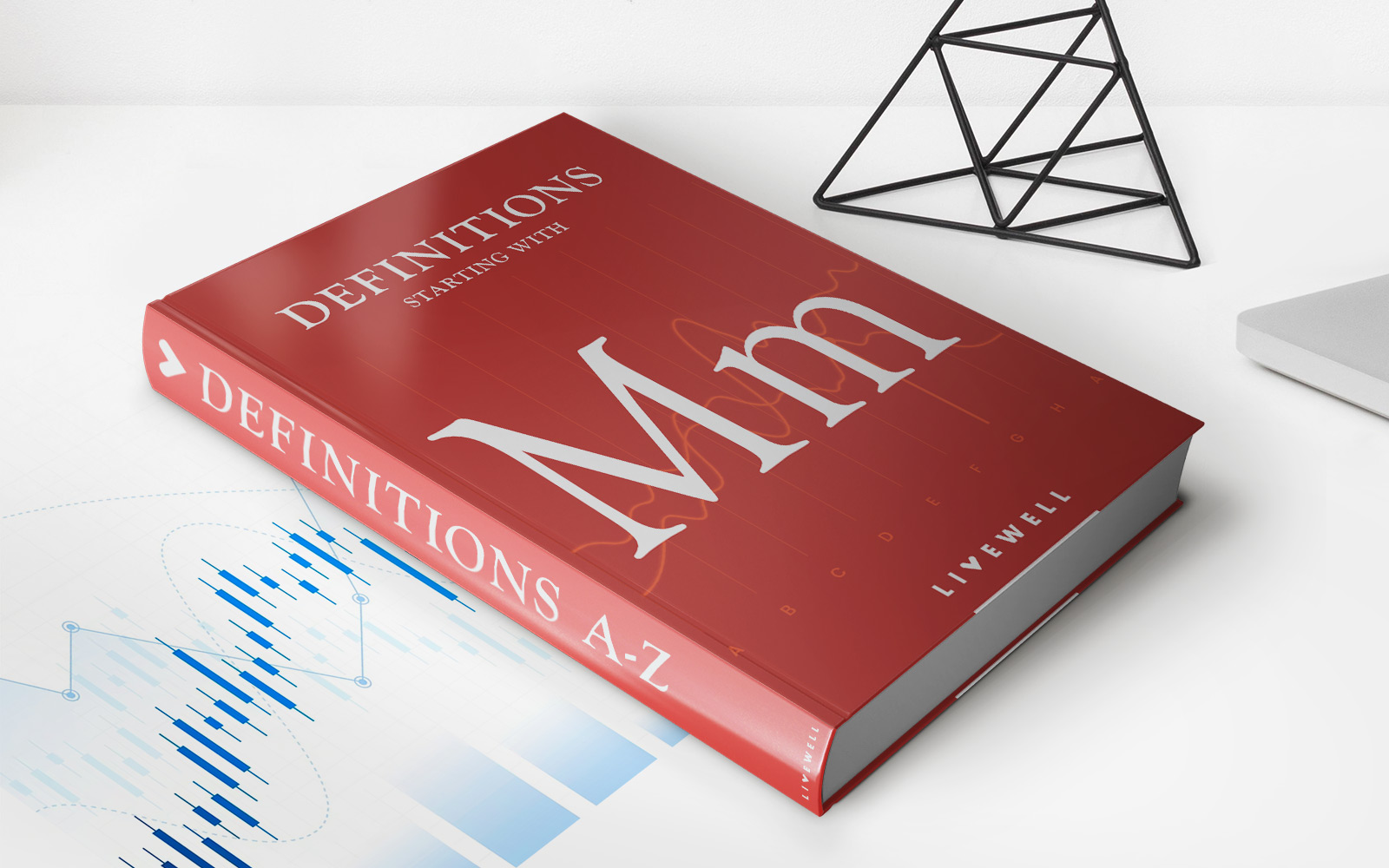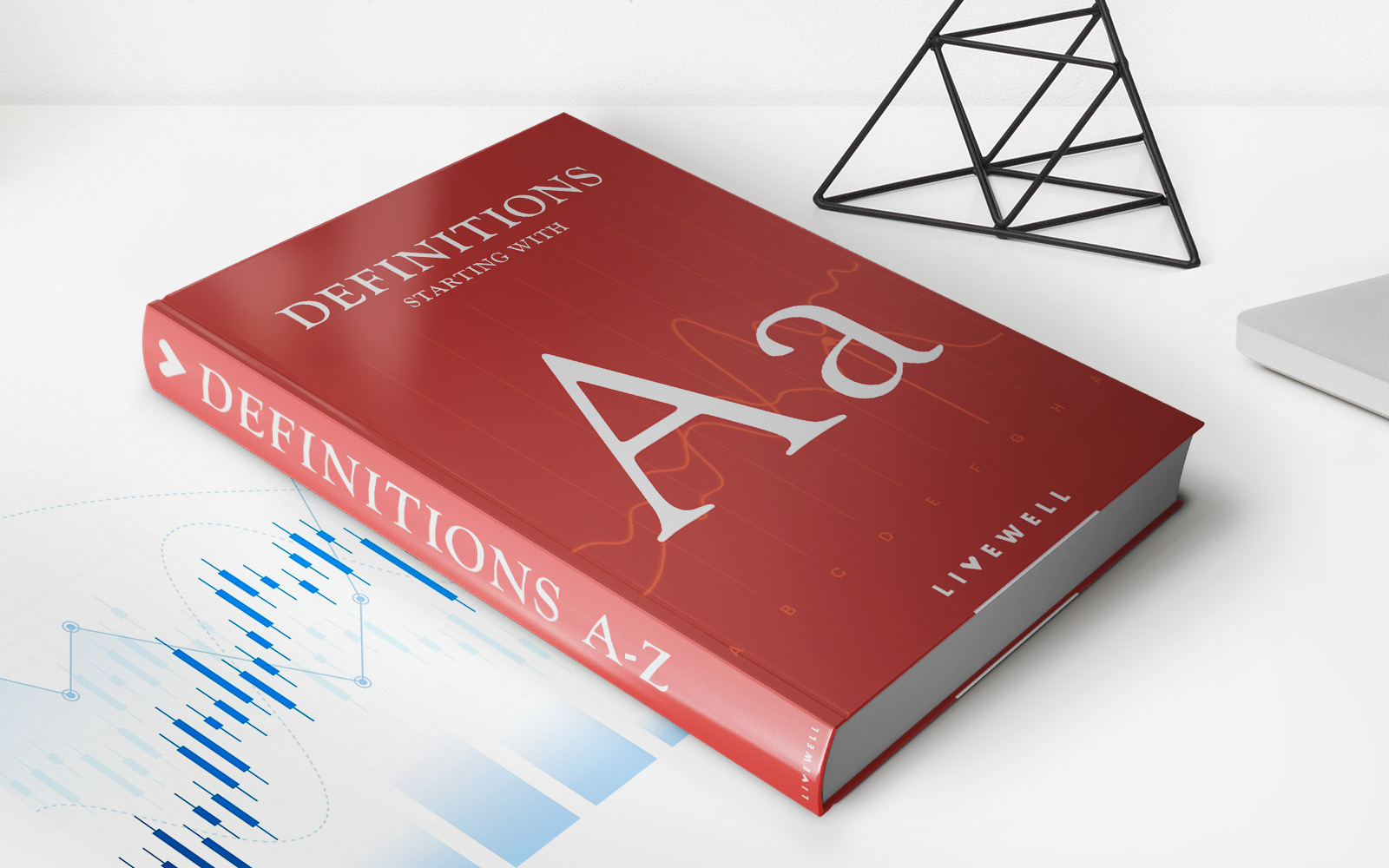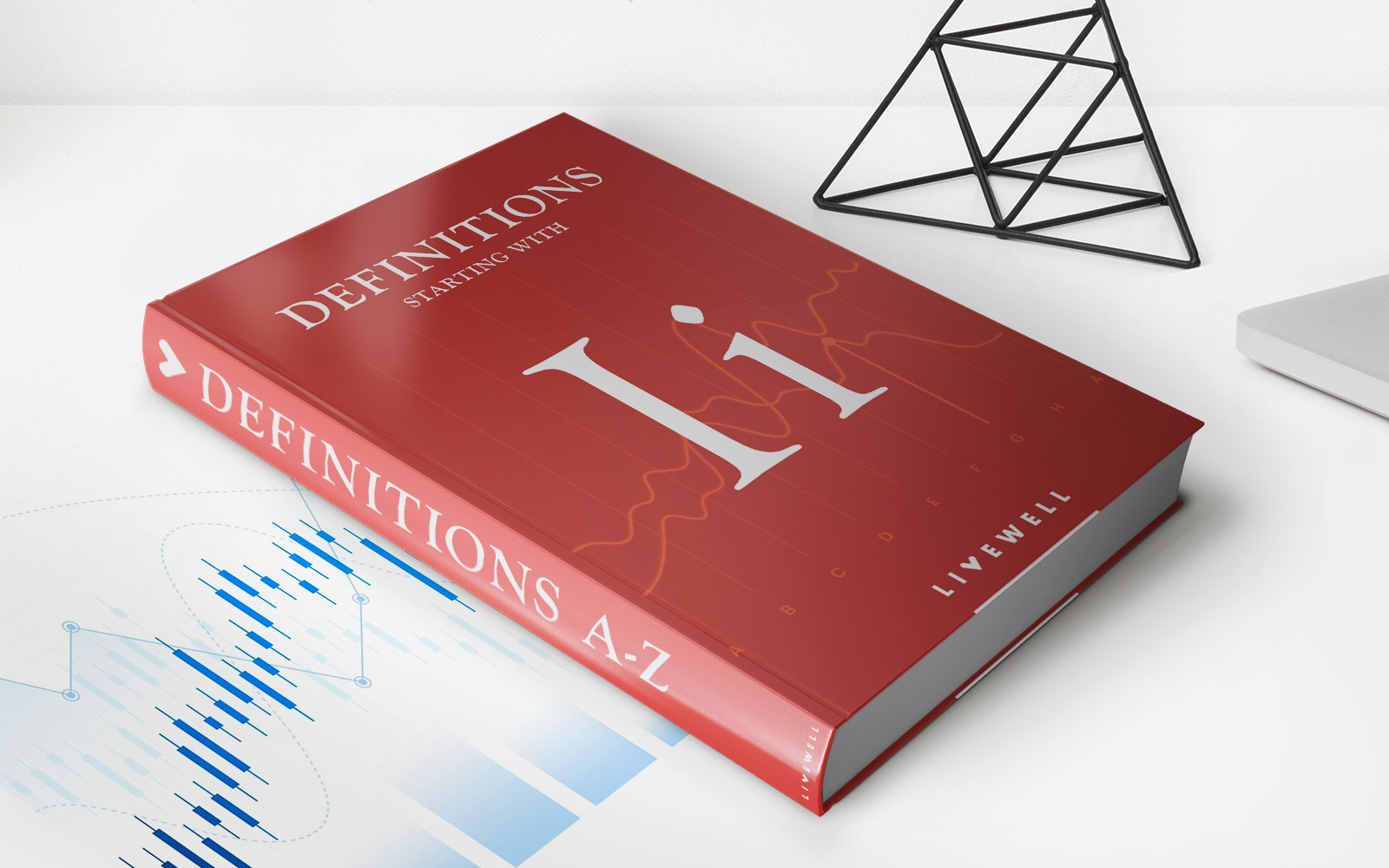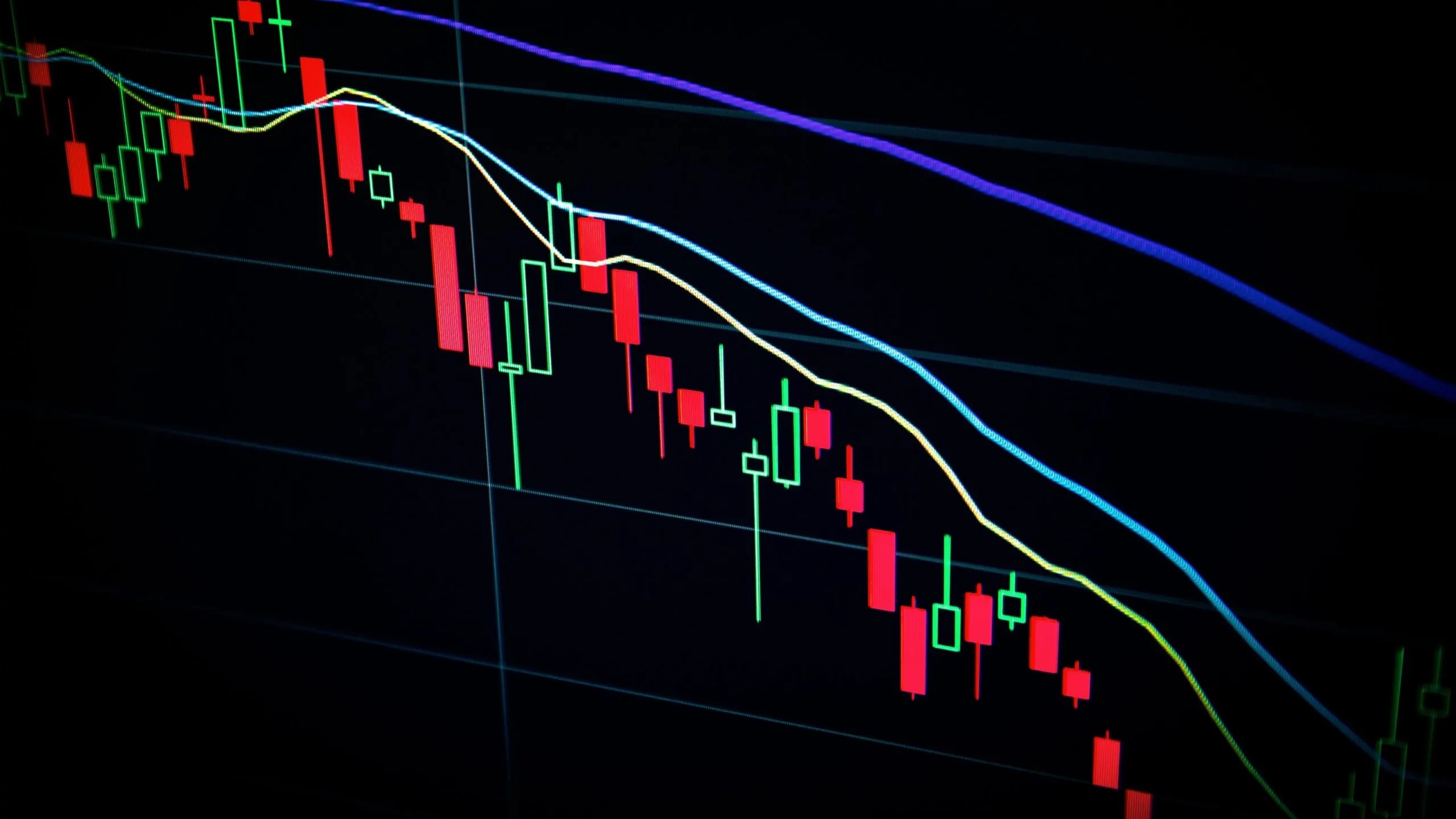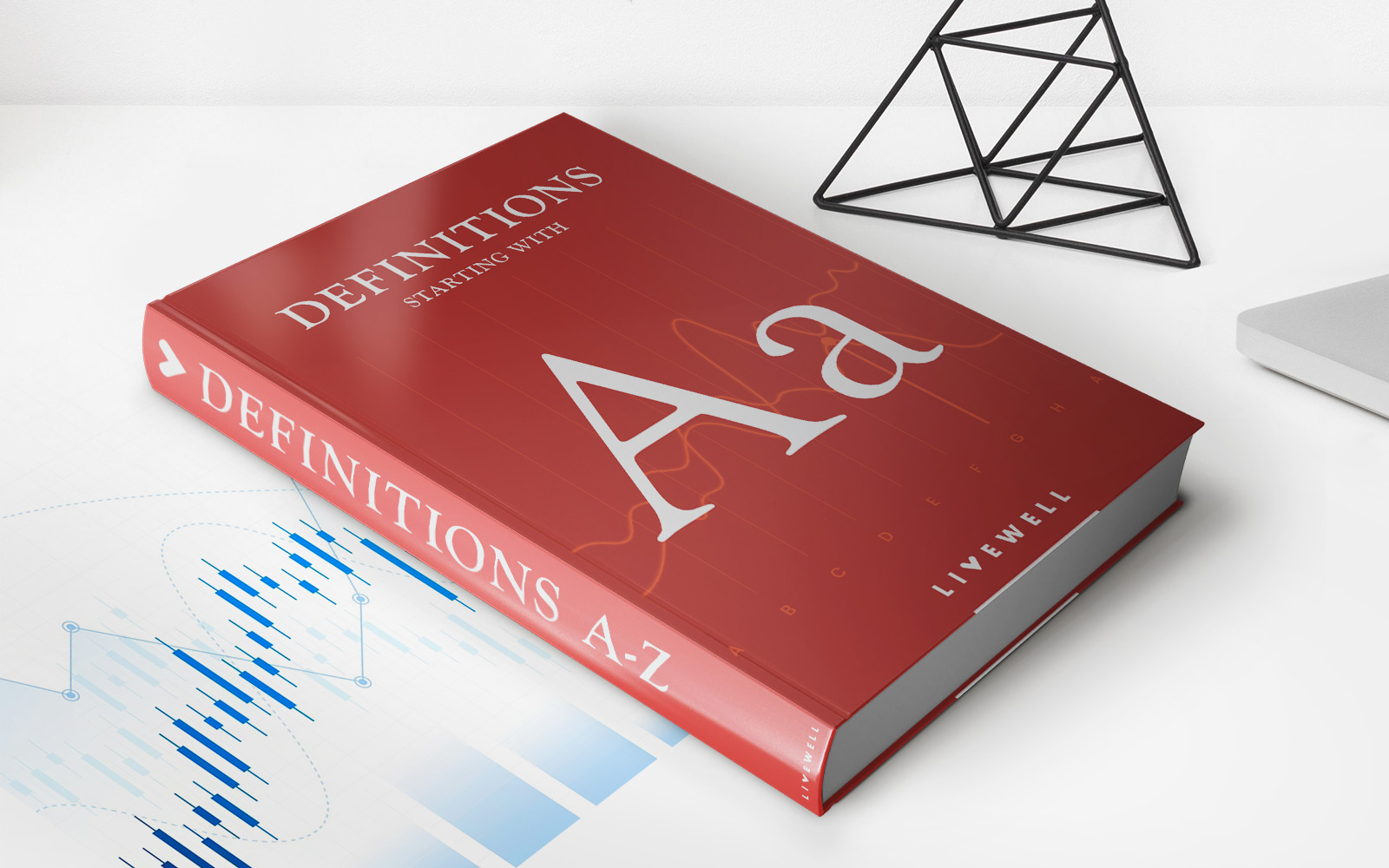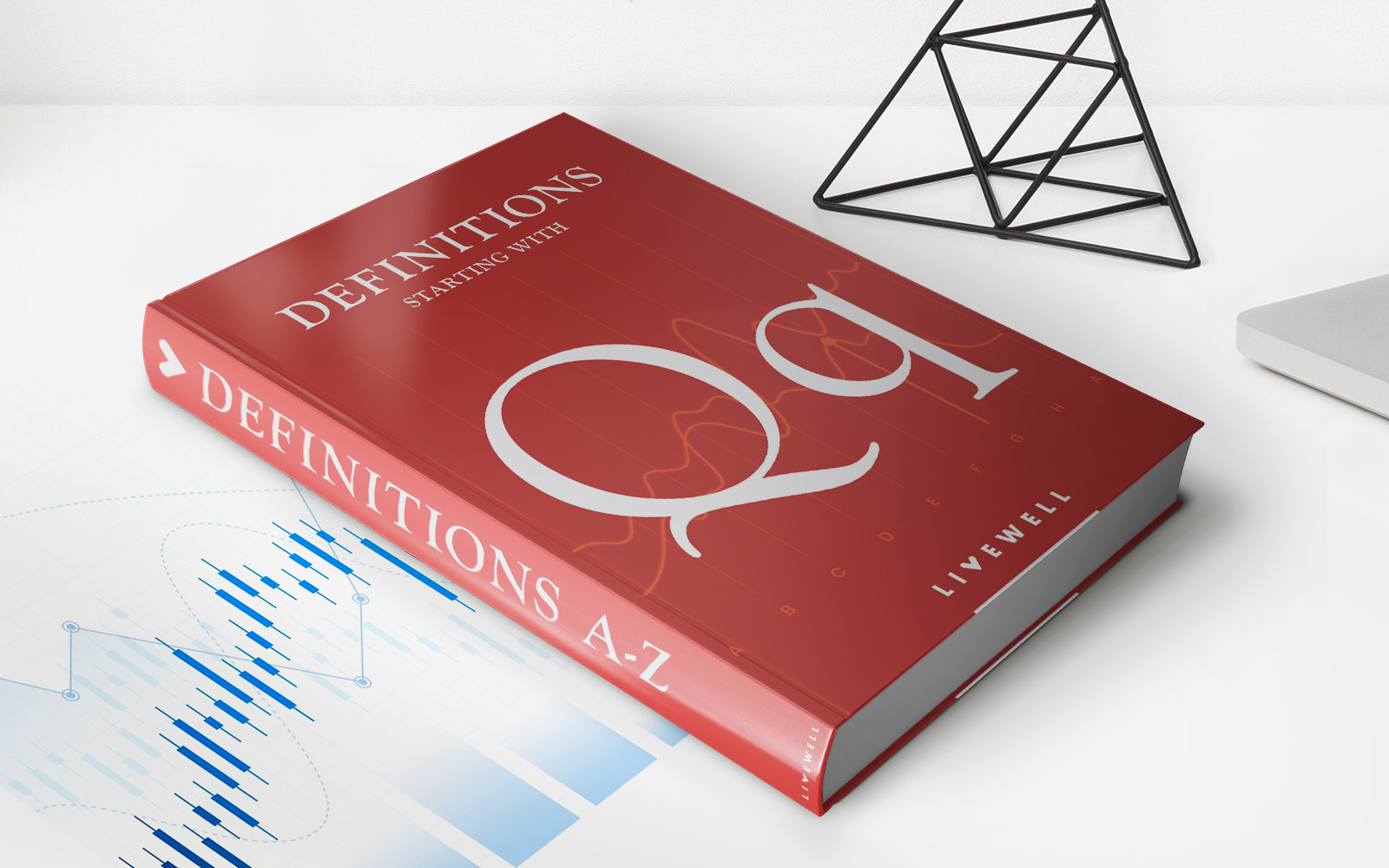

Finance
Wildcat Banking Definition
Published: February 18, 2024
Learn the meaning of wildcat banking in the finance industry. Explore how this practice can impact the economy and financial institutions.
(Many of the links in this article redirect to a specific reviewed product. Your purchase of these products through affiliate links helps to generate commission for LiveWell, at no extra cost. Learn more)
Understanding Wildcat Banking: Definition, Advantages, and Disadvantages
Welcome to the world of finance! Today, we are diving into the topic of wildcat banking. What exactly is wildcat banking, and what are its advantages and disadvantages? In this blog post, we will explore the definition of wildcat banking, provide you with a detailed understanding of its pros and cons, and equip you with the knowledge to make informed financial decisions. So, let’s get started!
Key Takeaways:
- Wildcat banking refers to a form of unregulated banking that emerged in the United States during the 19th century.
- It allowed banks to issue their own banknotes, often without sufficient reserves, leading to financial instability and frequent bank failures.
What is Wildcat Banking?
Wildcat banking, also known as free banking or laissez-faire banking, was a system of banking that existed in the United States during the 19th century. It was characterized by minimal government oversight and regulation, allowing banks to issue their own banknotes.
Under this system, banks were not required to hold reserves equal to the value of their banknotes in circulation. As a result, many banks issued banknotes recklessly, often without adequate backing of assets. This lack of regulation and oversight made wildcat banks susceptible to financial instability and frequent bank failures.
The Advantages of Wildcat Banking:
While the wildcat banking system had its drawbacks, it also had some advantages that were recognized by its proponents:
- Flexibility: Wildcat banks had the freedom to set their own policies and lending practices, allowing them to respond more quickly to market demands and changing economic conditions.
- Increased Access to Credit: Since wildcat banks were more willing to take risks, they granted loans to borrowers who may not have met the stringent criteria of traditional banks. This increased access to credit stimulated economic growth and entrepreneurship.
The Disadvantages of Wildcat Banking:
Like any system, wildcat banking also had its downsides:
- Financial Instability: Without proper regulation, wildcat banks often issued banknotes excessively, leading to financial instability and frequent bank failures. This instability resulted in the loss of customers’ deposits and eroded public trust in the banking system.
- Lack of Consumer Protection: The absence of regulatory oversight left consumers vulnerable to fraudulent and unethical banking practices. Customers had limited recourse if a bank engaged in dishonest activities.
While the wildcat banking system played a significant role in the development of the U.S. banking system, it ultimately proved unsustainable. The shortcomings of the system led to the establishment of stronger regulatory measures and the creation of the modern banking system we have today.
In conclusion, wildcat banking was a form of unregulated banking that allowed banks to issue their own banknotes, leading to financial instability and frequent bank failures. While it had some advantages such as flexibility and increased access to credit, its disadvantages, including financial instability and lack of consumer protection, ultimately led to its demise. Understanding the historical context of wildcat banking is essential for comprehending the evolution of our modern banking system.
Thank you for exploring the world of finance with us! We hope that this blog post has provided you with valuable insights into the concept of wildcat banking.
